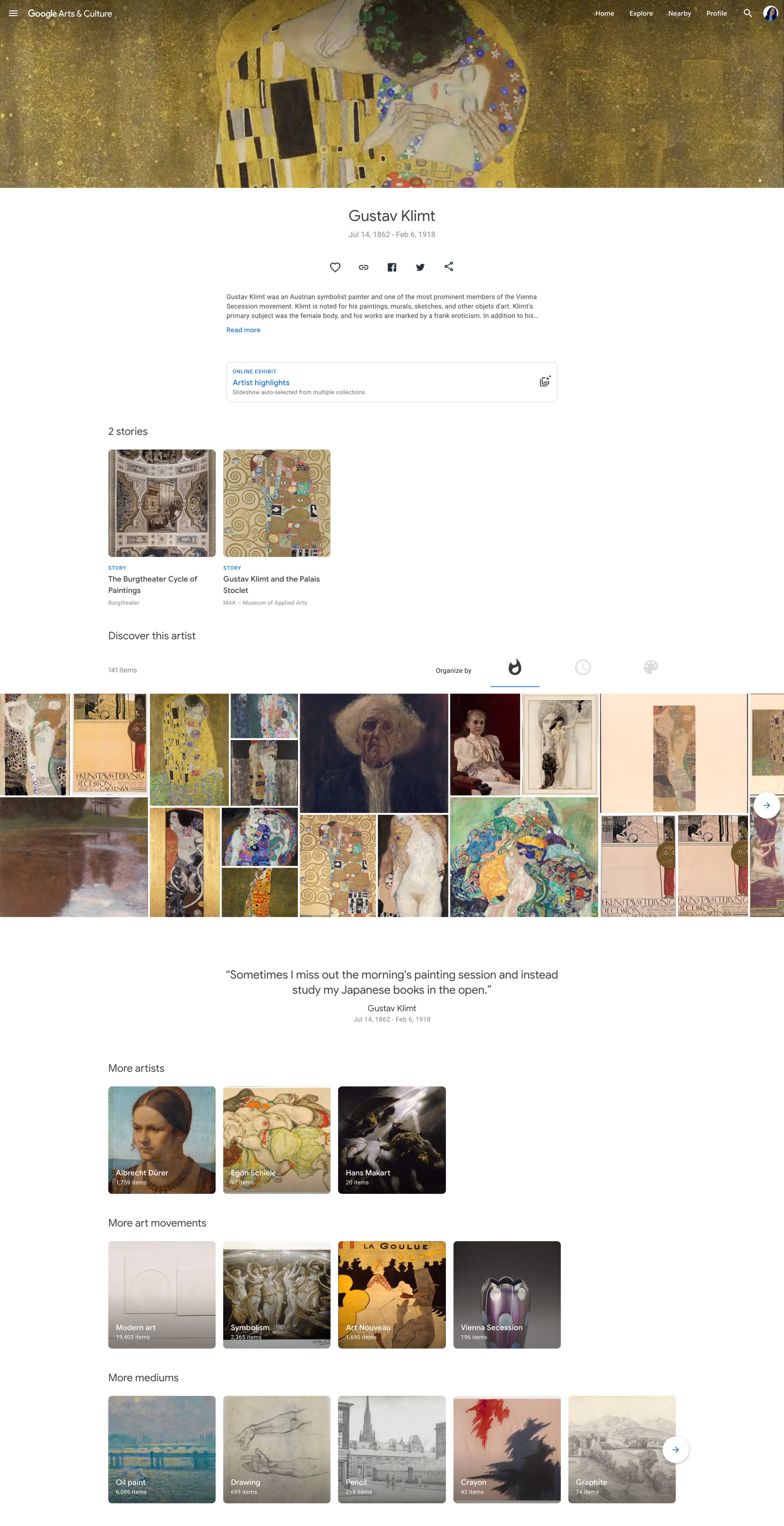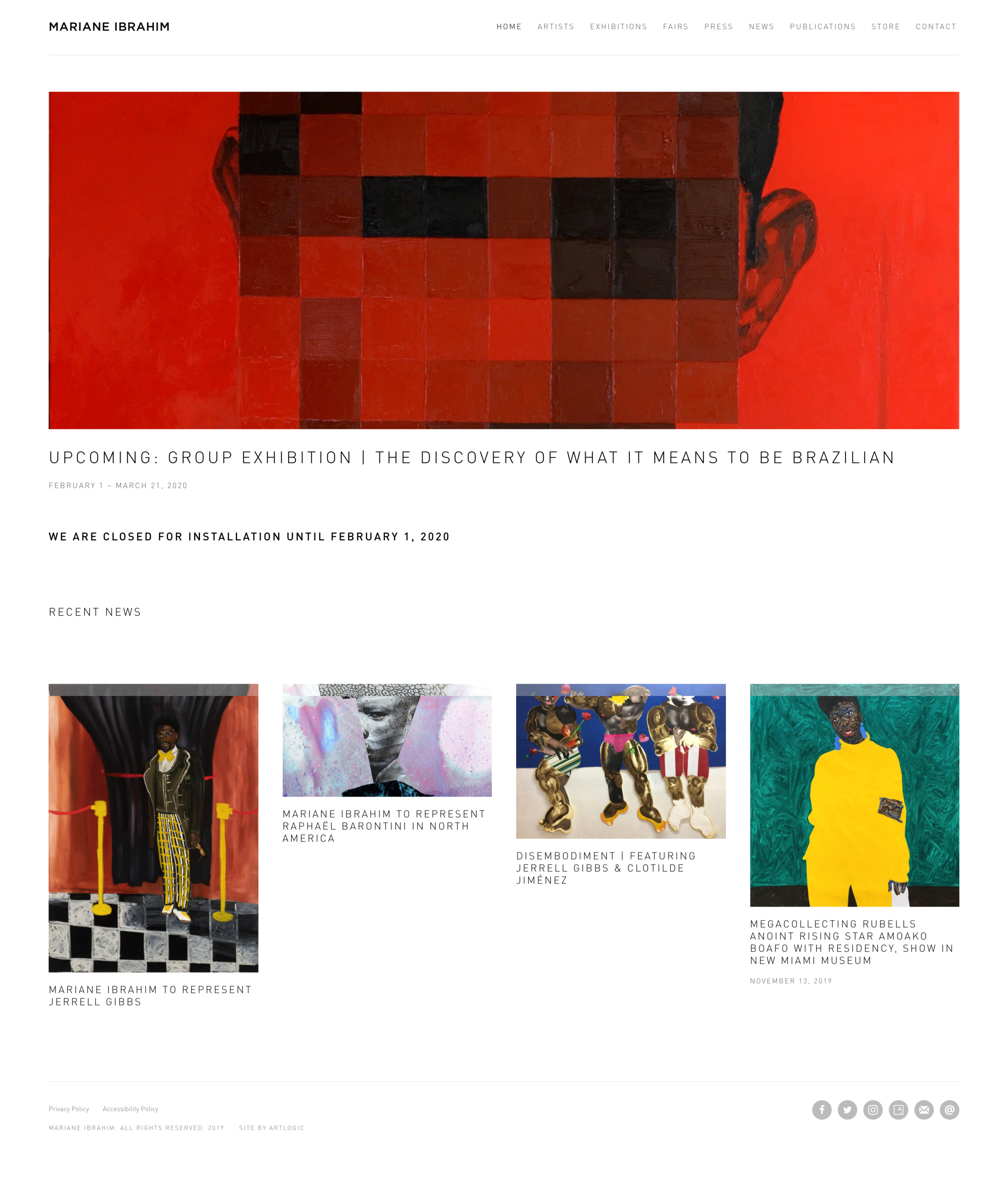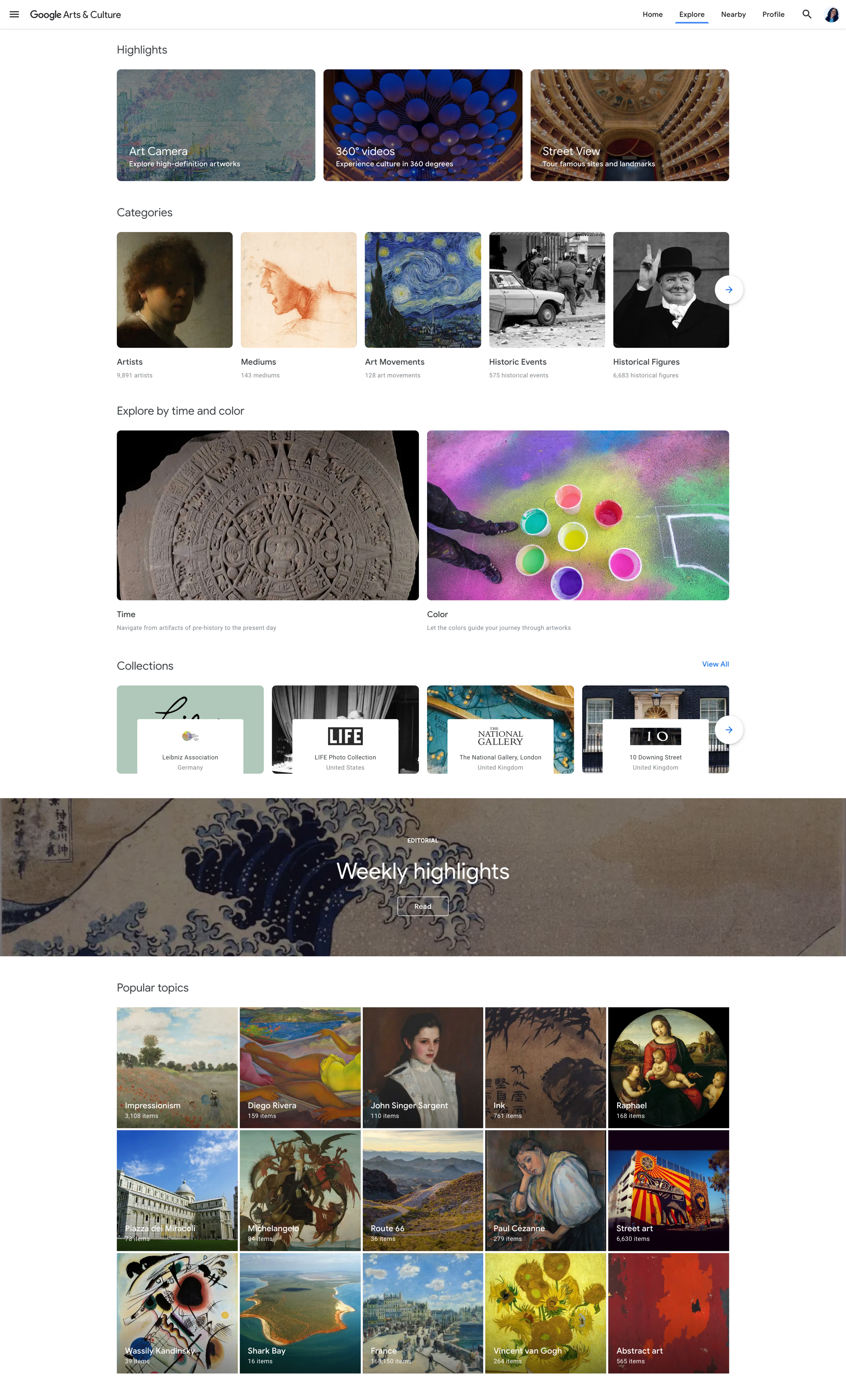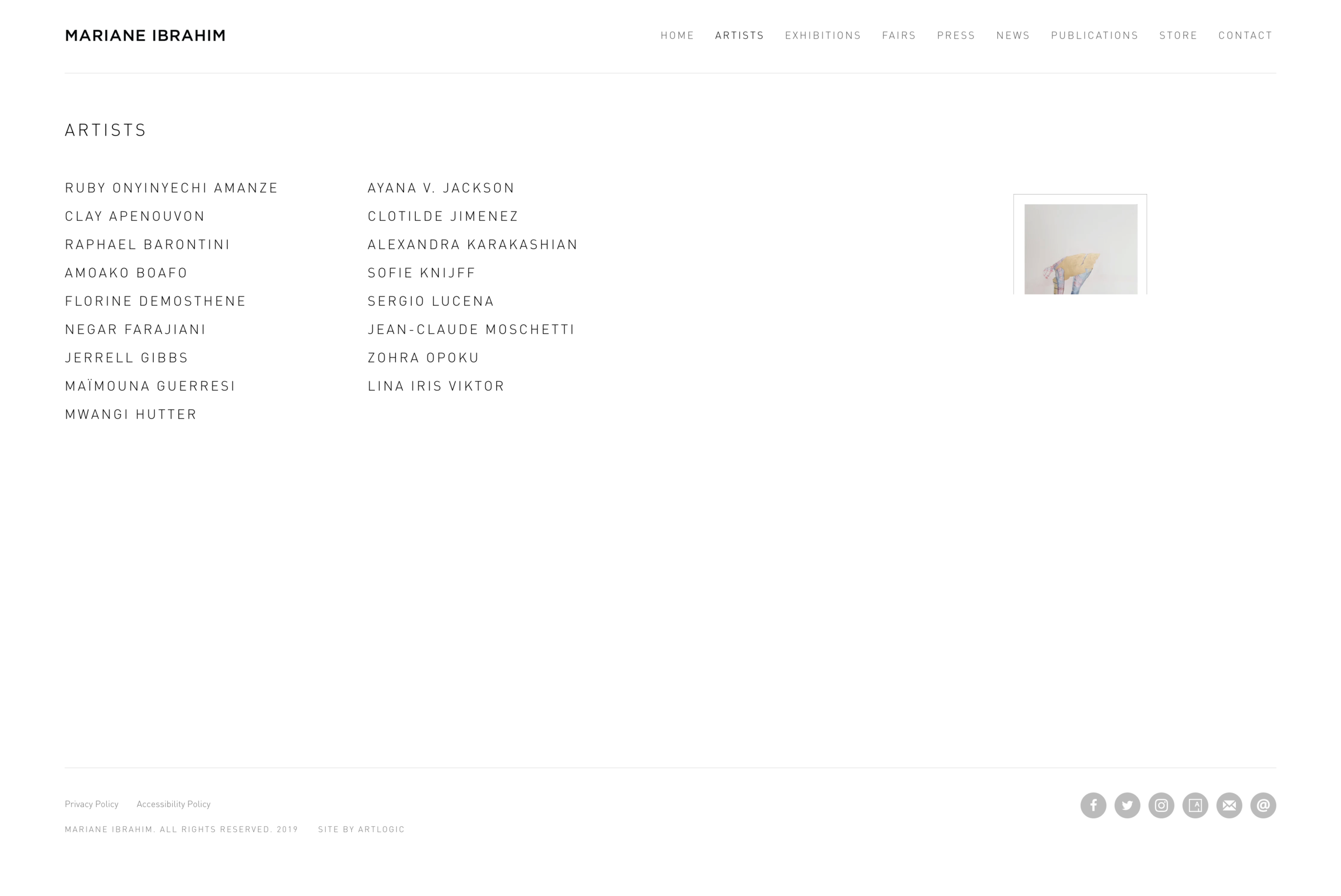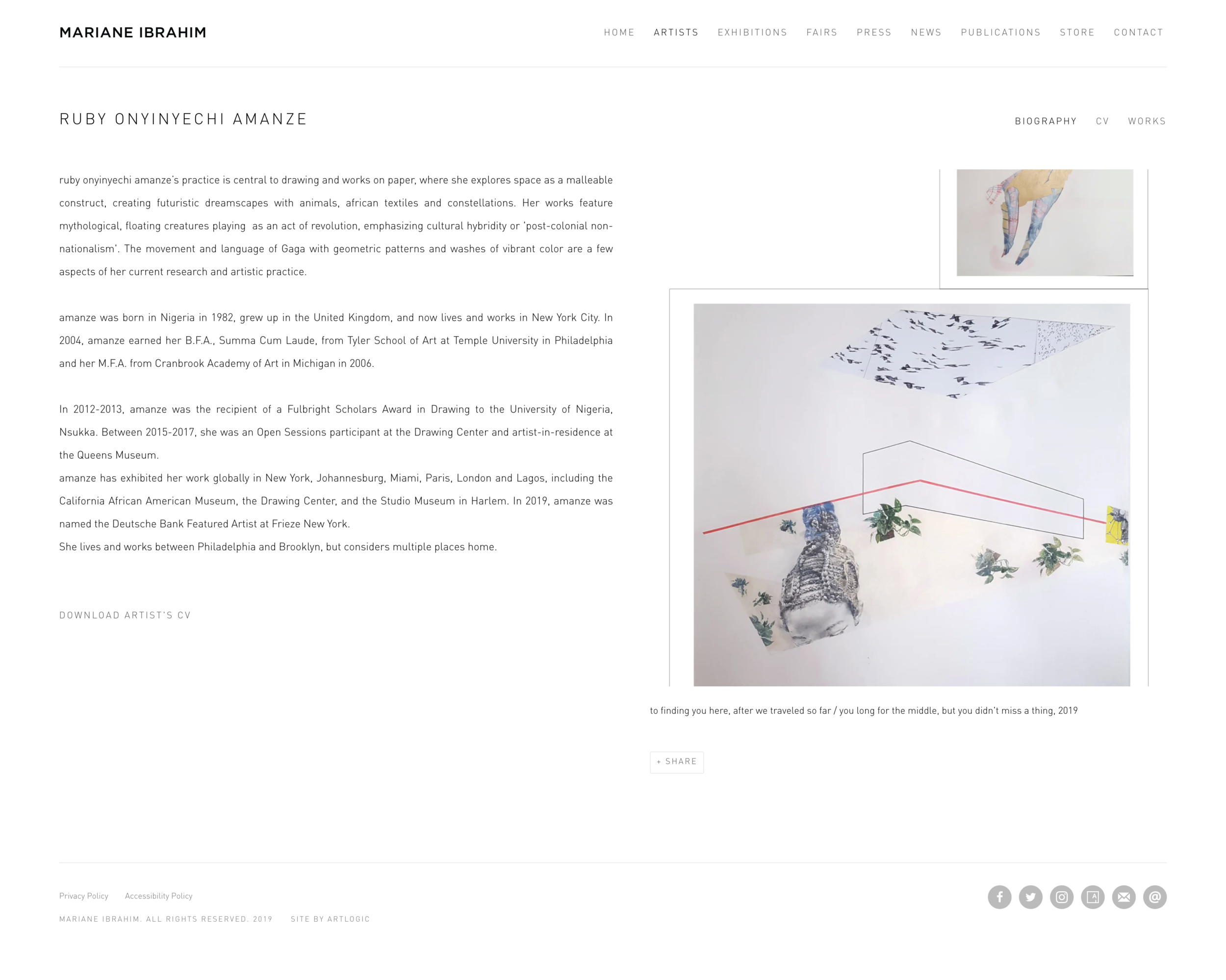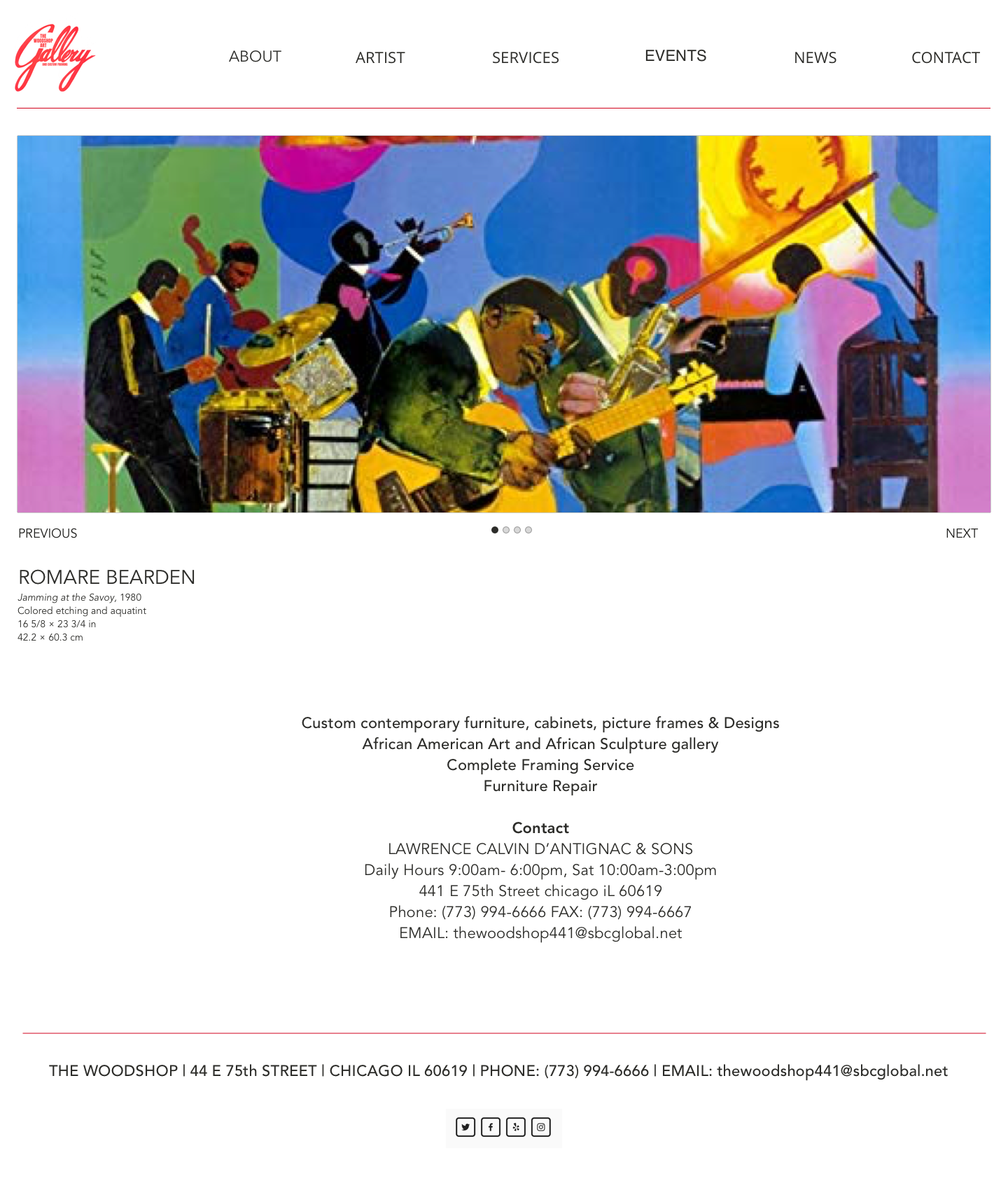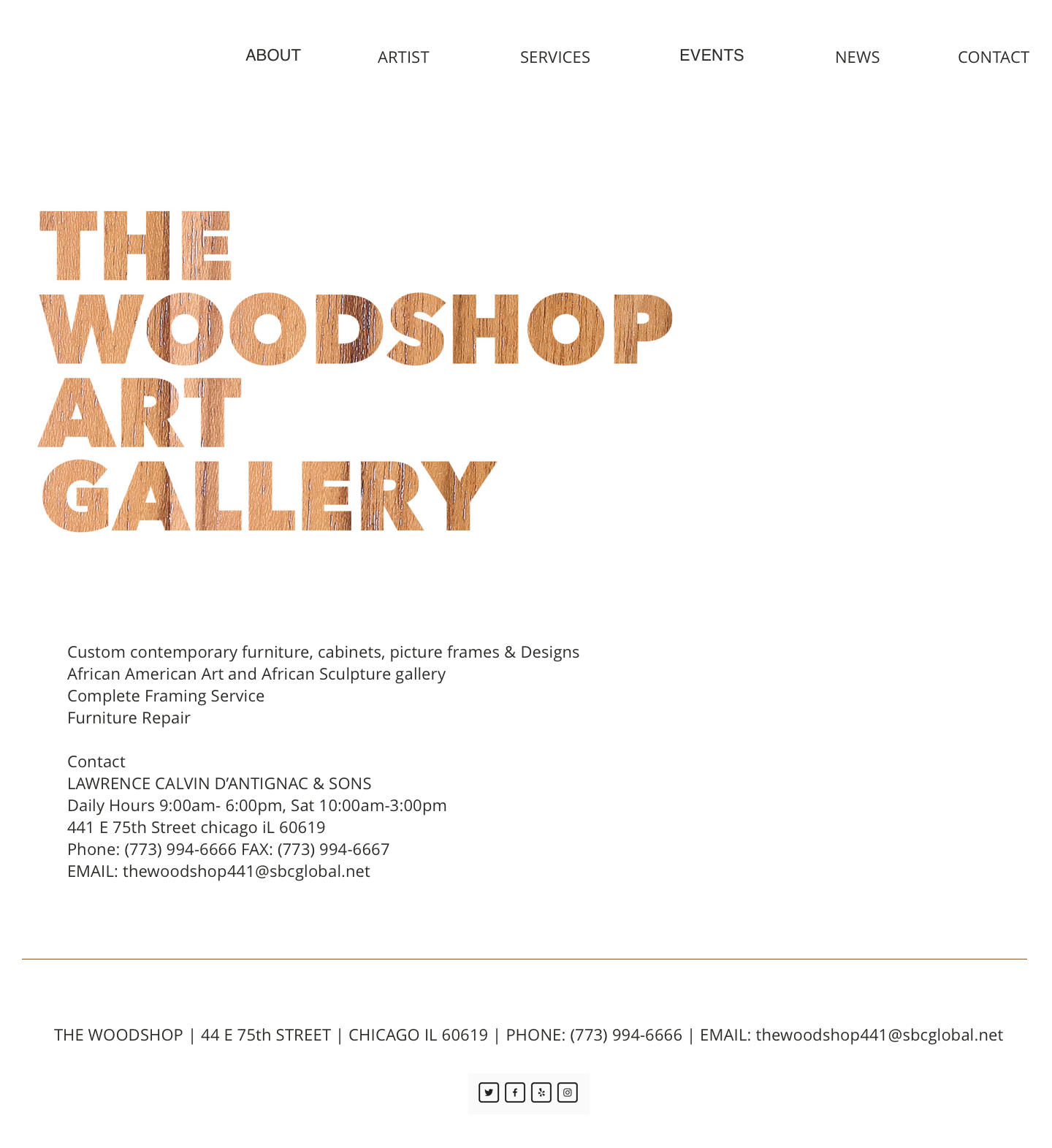Client: Woodshop Gallery Timeframe: 2019 Role: Digital Design Consultant Tools: Sketch, InDesign, PhotoShop, InVision
The woodshop gallery
The Woodshop Gallery was founded in Chicago in 1974 as custom cabinetry and framing services and has since been a premier source for African American art and African sculpture. The owners believe word of mouth is the foundation of their marketing and has been key to establishing and building relationships with customers. As word of mouth becomes more digital, the gallery is looking for ways to stay competitive and appeal to diverse audiences.
Challenge
There is currently a facebook page, google profile, yelp, foursquare, and a few press articles in circulation, however, there is no brand ecosystem to be easily discovered online. I was asked to research and recommend digital web-presence solutions to increase word of mouth between customers and brand position amongst competitors.
Solution
Through research, analysis, and prototyping I was able to identify strategies to recommend for the gallery to move forward into a modern and seamless digital user experience.
1.Understanding the problem
After discussing with the owners their goals for the brand positioning of the gallery, I drew the following conclusions:
Increase word of mouth- word of mouth is still the most popular marketing strategy for trusted relationships. The gallery relies on quality service and products and friend referrals which establishes trust and personal connection.
Understand the audience- as the consumer landscape changes, the gallery needs to attract its core audience as well as new collectors and uninformed demographics. The gallery needs to identify who they will engage with and attract online and in person to determine the best ways to communicate effectively.
Understand competitive landscape- Chicago is a popular arts community and has a variety of art gallery and framing services to choose from. Understanding competitors gives insight to the current brand positioning of galleries in Chicago to identify opportunities.
Graphics and social media opportunities- Defining the brands visual identity and developing a visual strategy allows for more engagement and interactions online.
2.Understanding competitors
The foundation of my domain research was validating initial assumptions and to use those insights to analyze possible top solution to test. I wanted to understand the current competitive landscape, local competing businesses and services, and opportunities that seem best for the Woodshop Gallery.
Initial assumptions:
Focus on custom framing as a product differentiator
Need CRM to be part of user experience for user personalization
Clarify products and service (gallery vs frame shop)
Focus on community involvement and historic status for brand identity
Profile gallery owners to add human element
Volunteers profile
Artist profiles
Events
Press releases and professional relationships
Display exhibits as marketing promotions (front room display window and backroom gallery)
Define brand identity as voice of gallery (logos, blogs, newsletters, email lists, social media, promotion materials, kiosks/iPads, business cards, merchandise, community involvement, press releases, professional relationships, user reviews, artist profile highlights, )
3.Competitive analysis
I mapped out trends from domain research and that would be the most important to guiding the scope of the project.
Competitive analysis key takeaways:
Need a simple website for google search that includes contact and info
Short-term, mid-term, and long-term opportunities
Short term include a website with key pages, social media accounts,
Main navigation: home, artist, gallery, frames, about, contact
Secondary navigation:
Footer: address, phone, email, hours
Mid-term include email lists, product display, artist profiles
Long term includes an online store, custom framing questionnaire, owner profiles, community profiles, partnership profiles, CRM software integration, space redesign, events, exhibits, merchandise, artist representation, space rental
4.Information Architecture
Now that I had key insights to guide the design of the website, I needed to organize the information architecture of the user flows. I am currently experimenting with different ways to display IA outlines to clients so that they can both visualize my recommendations and not feel confused or intimidated by the design language and process. For this project I wanted to create both a written and visual outline to specify the task flows clearly and effectively. I feel that using both helps keep both myself as a designer and the client on the same page.
Mapping out key insights helped us identify overlapping themes within user goals as well as identify and prioritize what users value. We identified key user wants and needs for a more intuitive search and matching experiences from the interviews through affinity mapping and word mapping. By analyzing the site impressions our interview subjects had, we concluded that the best opportunity for enhancement would be to approach the onboarding process and the dashboard. Users want to spend less time vetting through profiles and more time matching to their personalized needs. They feel more secure when they can see relatable experiences and have access to credible information. Most importantly, they want a customizable experience with options for personalization. Through our analysis, we identified the top user goals as search, connect, community, and information. We used these 4 groups to further explore how these interactions were already being facilitated by direct and indirect competitors so that we could find opportunities in the marketplace for Via the Village.
5.Comparative analysis
After defining the UX of the website, I looked at current design trends for art gallery websites. I looked at different gallery themes, offers, and audience groups to determine the style, mood, and brand identity options. The goal is to create a modern take on a traditional neighborhood business that highlights the historic nostalgia of the Black Chicago art scene and the unique quality of woodworking craftsmanship.
Digital comparison examples:
I looked at current and top visited art gallery websites and arts and culture websites. I also looked at the trends used by design agencies that produce digital products for museums to determine opportunities for The Woodshop Gallery to try in the future. The websites above include Google arts & culture and the Mariane Ibrahim gallery website designed by Artlogic.
I chose these sites because they felt modern, trendy, and engaging without being overwhelming. I recommend further testing of different layouts and microinteractions to determine the best output for users.
6. User interface
After analyzing competitive UI for art galleries, I developed a style guides to direct the visuals going forward for prototyping.
Layout style guide & low fidelity wireframes
7. Final prototypes
I developed multiple landing pages to test amongst a group of users to identify which look and feel is best moving forward. After testing is complete, I will iterate and develop a final prototype that will then be implemented as the final website for the gallery.
Final site will be complete in 2020!
For more information or to view more deliverables from this project, please email dwdeswill@gmail.com.
More Case Studies





